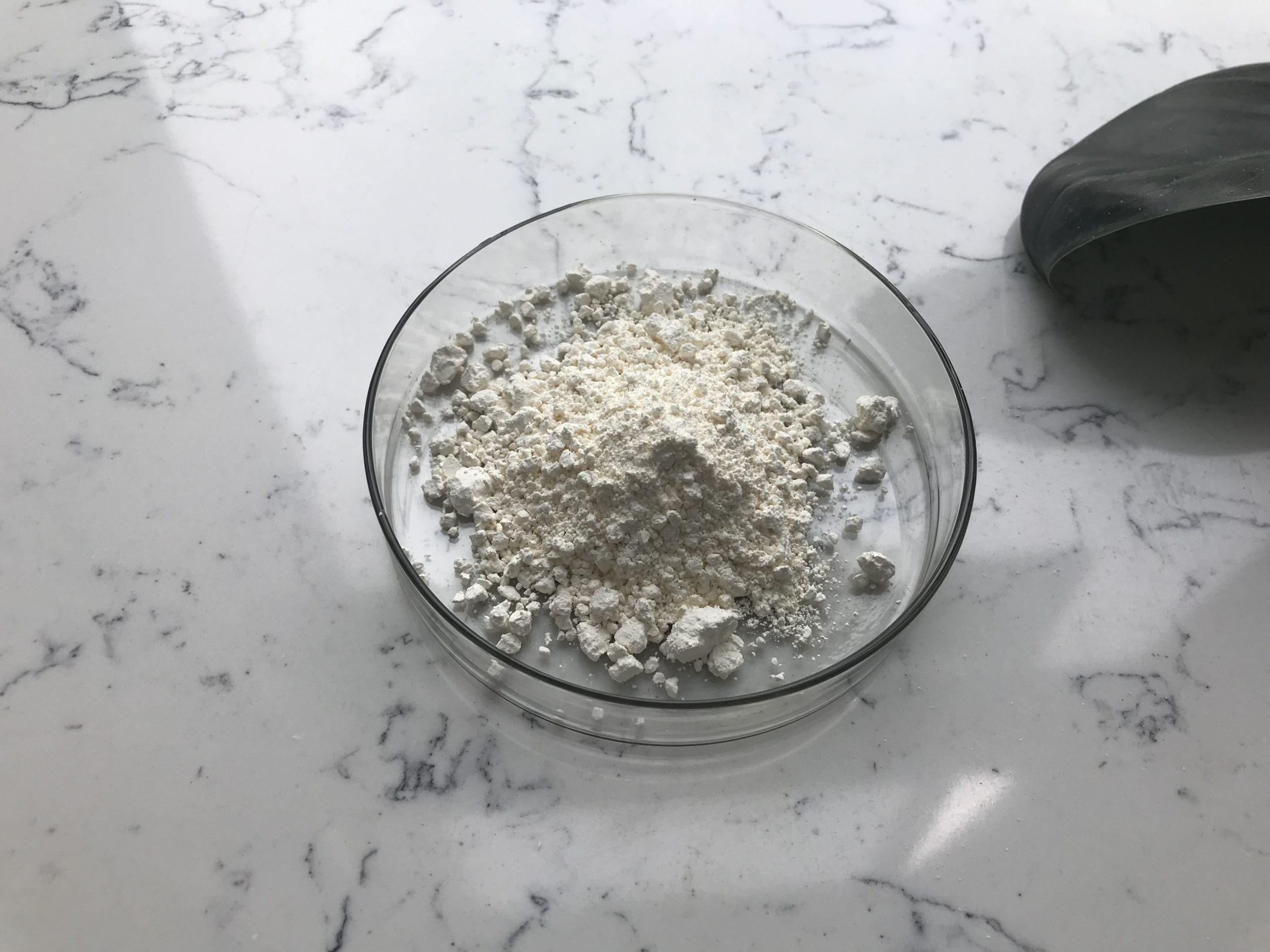Natamycin biosynthesis refers to the microbial production of the antifungal compound natamycin (also known as pimaricin), which is a polyene macrolide antibiotic produced by certain species of Streptomyces, particularly Streptomyces natalensis. Natamycin has broad-spectrum antifungal activity and is used as a preservative in food and pharmaceuticals.
The biosynthesis of natamycin is a complex, multi-step process involving several enzymes and precursor molecules. Here’s an overview of the key steps in the biosynthetic pathway:
1. Precursor Formation:
- Natamycin is synthesized from acetate and propionate as the basic building blocks. These two molecules are incorporated into the growing polyketide chain.
- The pathway begins with the formation of a polyketide backbone via a polyketide synthase (PKS) complex, which is analogous to the pathways used to synthesize other polyene antibiotics.
2. Chain Elongation:
- The polyketide synthase (PKS) enzyme system initiates the elongation of the polyketide chain through a series of condensation, reduction, dehydration, and cyclization reactions.
- Acetyl-CoA and propionyl-CoA are the primary precursors for the polyketide chain, which undergoes several rounds of chain elongation to form a linear intermediate.

3. Cyclization and Structural Modification:
- Once the polyketide chain is extended to the appropriate length, cyclization reactions take place, leading to the formation of the macrolide ring structure. This step is crucial for the development of the characteristic polyene ring structure that gives natamycin its antifungal properties.
- Additional modifications such as hydroxylation, methylation, and oxidation contribute to the final structure of natamycin.
4. Final Modifications and Release:
- The final step involves several tailoring enzymes, which modify the core structure of the molecule to produce the mature compound. These enzymes may include O-methyltransferases, hydroxylases, and oxidases that add functional groups or further alter the structure.
- After the biosynthetic steps are complete, the product is released from the polyketide synthase complex, and the molecule is ready for export by the cell.
Key Enzymes and Genes Involved:
- Polyketide Synthases (PKS): These are the key enzymes responsible for building the polyene backbone of natamycin.
- Oxygenases and Methyltransferases: Enzymes involved in modifying the molecule’s structure by adding hydroxyl groups, methyl groups, and other functional groups.
- Natamycin-specific enzymes: These include enzymes like the pimaricin O-methyltransferase, which is crucial for the final methylation step that forms the mature compound.
Regulation of Natamycin Biosynthesis:
The production of natamycin is tightly regulated, often requiring specific environmental factors such as nutrient availability and stress conditions. It is typically produced in high concentrations under conditions of nutrient limitation or stress, which triggers the expression of the relevant biosynthetic genes.

Applications of Natamycin:
- Antifungal agent: It is used to control fungal growth in food products (e.g., cheese, sausages) and pharmaceuticals.
- Pharmaceutical applications: Natamycin is used in ophthalmology for the treatment of fungal infections of the eye.
Genetic Engineering and Biotechnological Production:
Researchers have been exploring ways to enhance the production of natamycin using genetic engineering of Streptomyces strains or through heterologous expression in other microbial hosts. By modifying the biosynthetic gene cluster, researchers aim to increase yield, produce novel derivatives, or improve the efficiency of the production process.
